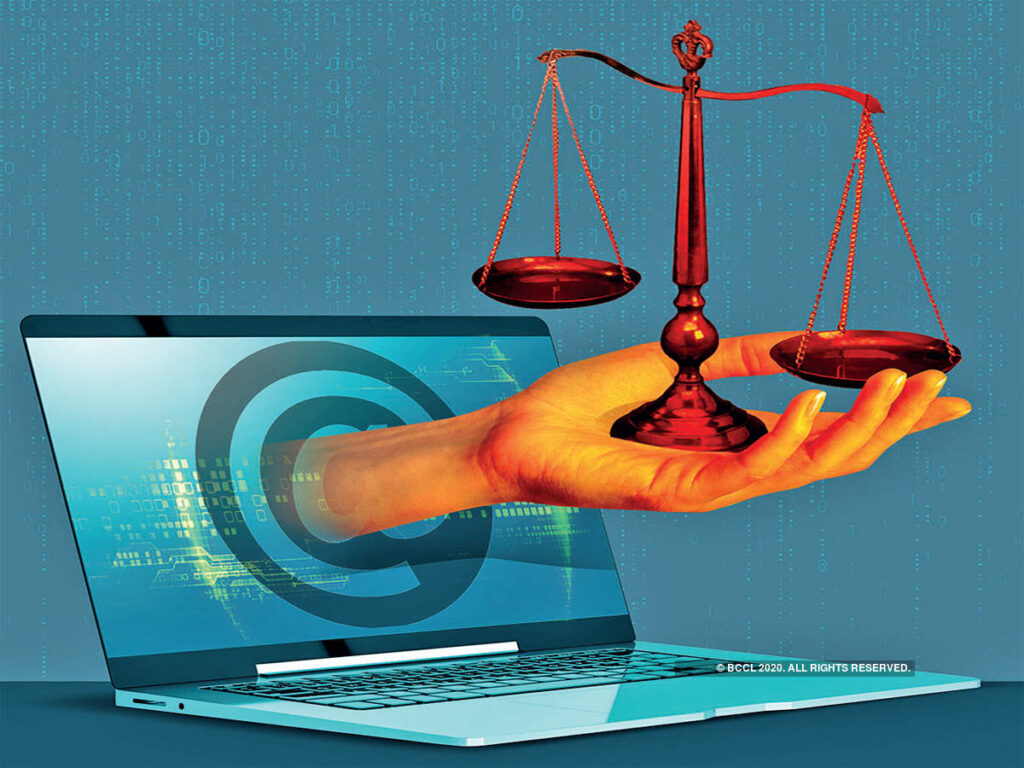Understanding the Legalities of Business Ownership Changes in 2024
The process of changing business ownership can be both a strategic and complex decision for companies. Whether the change is driven by mergers and acquisitions, partnerships, succession planning, or external investments, understanding the legal framework surrounding these transitions is crucial. In 2024, businesses operate in an environment shaped by both domestic and international laws, which have evolved to address emerging challenges. This article delves into the legalities of business ownership changes, covering the forms of ownership transfers, legal considerations, tax implications, and notable case laws. Types of Business Ownership Changes Merger and Acquisition (M&A): Mergers and acquisitions (M&A) are common methods through which business ownership changes hands. In a merger, two companies combine to form a new entity, whereas in an acquisition, one company purchases the shares or assets of another. Both transactions involve intricate legal documentation, such as the Asset Purchase Agreement (APA) or Share Purchase Agreement (SPA). The key legal issues here revolve around due diligence, valuation, contractual obligations, liabilities, and regulatory approvals. Asset Sale vs. Stock Sale: Business ownership can change through an asset sale, where specific assets and liabilities are transferred to a new owner, or a stock sale, where the ownership of shares is transferred. In an asset sale, the seller retains the company’s legal entity, while in a stock sale, the new owner takes control of the existing entity. Each method has distinct legal implications in terms of contracts, liabilities, and taxes. Partnership Buyouts: In partnerships, a buyout occurs when one partner sells their interest to another partner or an external party. The Partnership Agreement typically outlines the buyout procedures, and legal provisions governing the valuation of the interest, dispute resolution, and consent requirements come into play. Succession Planning: Succession planning involves the transfer of ownership, often within a family or among key employees. It usually takes place when the original owner retires or steps down. A comprehensive legal plan is essential to address inheritance laws, tax consequences, and the role of stakeholders. Key Legal Considerations in Ownership Transfers Due Diligence: The due diligence process is crucial in any ownership change. It involves investigating the legal, financial, and operational aspects of the business. Legal due diligence examines ongoing contracts, potential litigation, intellectual property rights, and compliance with regulations. In India, under the Companies Act, 2013, directors have fiduciary duties to conduct proper due diligence before finalizing a transaction. This is echoed in international transactions governed by laws such as the Foreign Corrupt Practices Act (FCPA) in the US, requiring strict scrutiny of the target’s business practices. Regulatory Approvals: Ownership changes often require regulatory clearances, especially in industries subject to government oversight. In India, the Competition Commission of India (CCI) plays a pivotal role in reviewing mergers and acquisitions that may affect market competition. Additionally, under the Foreign Exchange Management Act (FEMA), any cross-border transfer of shares involving foreign investment needs approval from the Reserve Bank of India (RBI). Case Law: In Jet Airways (India) Ltd v. Competition Commission of India (2013), the Supreme Court held that prior approval from the CCI was necessary in M&A deals where competition concerns were involved. This decision highlighted the criticality of regulatory compliance in ownership changes. Shareholders’ Rights: In a stock sale, shareholders’ consent is often required for the transfer of ownership. The provisions of the company’s Articles of Association (AoA) play a crucial role in determining how shares can be transferred. In private companies, where shares are not freely tradable, right of first refusal (ROFR) or pre-emption rights may prevent shareholders from selling their shares without offering them to existing shareholders first. Case Law: The Bombay High Court in Bajaj Auto Ltd v. Western Maharashtra Development Corporation Ltd (2010) emphasized the importance of respecting shareholders’ rights during a transfer, holding that a breach of the ROFR provisions in a shareholders’ agreement could invalidate the share transfer. Employment and Labor Laws: Business ownership changes often trigger employment law concerns. When a business is transferred, employees’ rights under the Industrial Disputes Act, 1947 and relevant labor laws must be respected. This includes ensuring that their terms and conditions of employment are not adversely affected unless they agree to the changes. Additionally, under the Transfer of Undertakings (Protection of Employment) Regulations in the UK and the Worker Adjustment and Retraining Notification (WARN) Act in the US, there are strict rules concerning employee rights during business transfers. Tax Implications: Ownership transfers carry significant tax consequences, whether the transaction is structured as a sale of assets or shares. For instance, in India, under the Income Tax Act, 1961, capital gains tax is applicable on the sale of assets or shares, with different tax rates for long-term and short-term capital gains. Internationally, tax treaties and domestic laws must be navigated to minimize double taxation and ensure compliance with local tax obligations. Recent Developments in 2024 With the rise of digital businesses and globalization, the legal landscape surrounding business ownership changes has evolved. In 2024, two major trends are shaping the legal considerations for ownership transfers: Digital Assets and Intellectual Property (IP) Transfers: As businesses increasingly rely on digital assets, including intellectual property and data, their valuation and transfer have become pivotal in ownership changes. Laws such as the Information Technology Act, 2000 in India, along with data protection regulations (e.g., General Data Protection Regulation (GDPR) in the EU), play an important role in ensuring that digital assets are properly valued and transferred during M&A transactions. Cross-Border Transactions and Foreign Investment Regulations: In a globalized world, cross-border mergers and acquisitions have become commonplace. In India, foreign investment is regulated by the Foreign Exchange Management Act (FEMA) and various sector-specific regulations. In 2024, the Indian government continues to tighten the scrutiny on foreign direct investments (FDI) in sensitive sectors, such as defense, telecommunications, and financial services, ensuring that national security concerns are addressed in cross-border ownership changes. Conclusion Understanding the legalities of business ownership changes in 2024 requires a comprehensive approach that considers both domestic and international regulations. From conducting thorough due diligence …
Understanding the Legalities of Business Ownership Changes in 2024 Read More »










